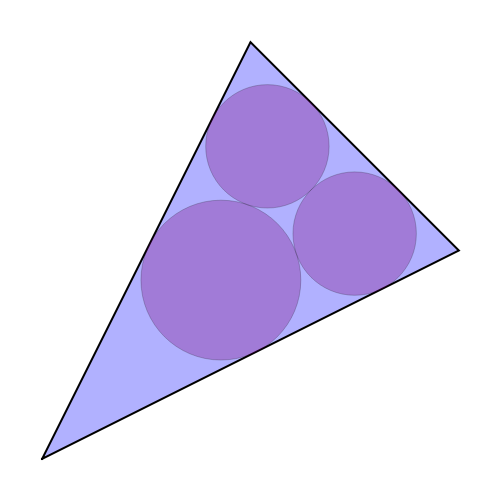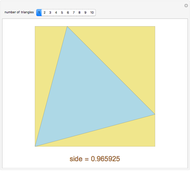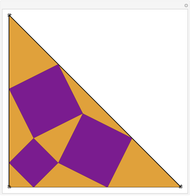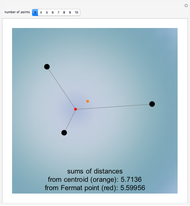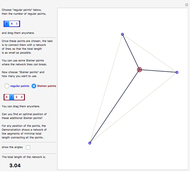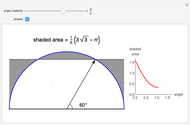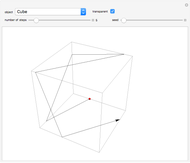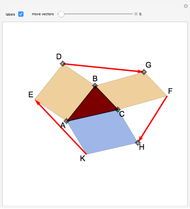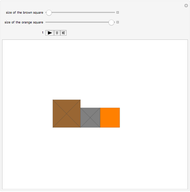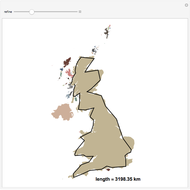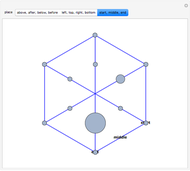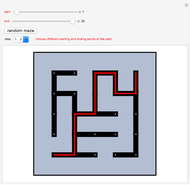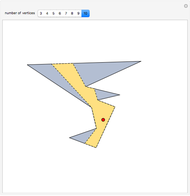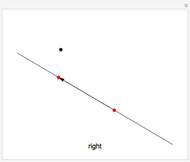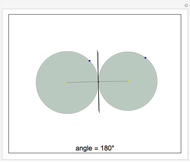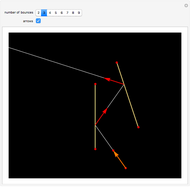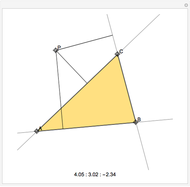The Malfatti Problem

Requires a Wolfram Notebook System
Interact on desktop, mobile and cloud with the free Wolfram Player or other Wolfram Language products.
In 1803 Malfatti proposed the following problem: given an arbitrary triangle, find three non-intersecting circles inside it so that the sum of the areas is maximized. He wrongly assumed that it was equivalent to the problem of finding three circles (since then known as Malfatti circles) each of which is tangent to the other two and to two sides of the triangle. Actually, the problem of obtaining Malfatti circles was formulated and solved by Chokuyen Ajima (1732–1798) as a purely geometric problem. It was not until 1929 that Lob and Richmond noted that the Malfatti circles were not always the solution to the Malfatti problem. In 1967, Goldberg proved that the Malfatti circles in fact never solve the Malfatti problem! Malfatti's problem was solved by Zalgaller and Los only in 1991. This Demonstration shows the Malfatti circles and the Zalgaller–Los solution, which always includes the incircle of the triangle.
Contributed by: Jaime Rangel-Mondragon (March 2011)
Open content licensed under CC BY-NC-SA
Snapshots
Details
The keyword in Malfatti's assumption is "inside". Without it, the solution leads to a nasty non-linear system of equations leading to eight solutions (or more if we allow circles containing others), only one of which is the set of Malfatti circles.
References:
Malfatti Problem on cut-the-knot.org.
H. Dörrie, 100 Great Problems of Elementary Mathematics, New York: Dover Publications, 1965.
Permanent Citation
"The Malfatti Problem"
http://demonstrations.wolfram.com/TheMalfattiProblem/
Wolfram Demonstrations Project
Published: March 7 2011
